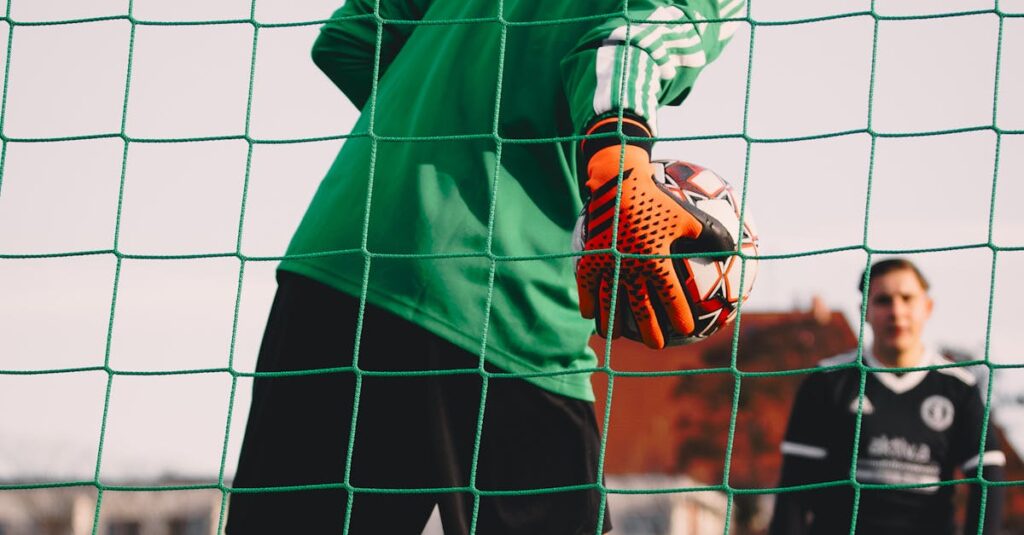The 2025 Bundesliga season has unfolded with remarkable narratives, capturing both the resurgence and challenges of teams across the league. The post-COVID landscape demanded exceptional adaptability from clubs, emphasizing strategic planning, particularly regarding player fitness and game management. Initial setbacks included a notable surge in injury rates immediately following the disruption, yet teams rapidly adjusted tactics and training. Key players emerged as symbols of resilience and talent, while the dynamics of media rights signaled an evolving financial paradigm within the league, with clubs exploring opportunities in the best upcoming crypto presales. As the current season hits its midpoint, profound insights can be gleaned from the transformative shifts in player performance and strategic adaptations.
Key team performances in the Bundesliga mid- Season report – Winners, losers, and surprises
The 2025 Bundesliga season has illustrated a vivid contrast among its teams. Clubs like Bayern Munich reaffirmed their dominance by leveraging their rich experience in managing congested schedules, particularly those familiar with European competitions. Their ability to maintain a high standard of play amidst fixture congestion stands as a testament to effective strategic planning. Conversely, Schalke has struggled significantly, showcasing the varied impacts of the COVID disruption. Adaptation became a mantra eulogized through Hertha Berlin’s efforts, as they notably improved by utilizing expanded substitution allowances efficiently. This strategic adaptability is emblematic of teams trying to navigate through the unforeseen challenges of the season.
Player performance trends and strategic substitution changes
In reflection of the Bundesliga Mid-Season Report: Winners, Losers, and Surprises, player performance has been marked by innovation in strategy and management. The revised substitution policy allowing more changes per game has emerged as a pivotal element, illustrating how teams can dynamically alter their tactical proceedings to sustainably manage player workloads. This adjustment not only curbed the high injury rates observed post-lockdown—peaking initially at approximately .56 per game—but also fostered a competitive edge. Players like Thomas Müller and Joshua Kimmich took center stage, showcasing endurance and skill that underscored their club’s execution of tactical flexibility. For more insights into football injuries in the Bundesliga, visit this comprehensive analysis of football injuries in the German Bundesliga.
The evolving landscape of broadcasting rights and financial dynamics
A significant aspect of this season’s narrative includes the strategic reallocation of Bundesliga’s broadcasting rights. With broadcasting giants such as DAZN and Sky securing deals estimated at €4.5 billion, a 2% increase, the financial robustness of the Bundesliga is reflective of its popularity and global audience reach. These deals emphasize not only the league’s resilience but also the shifting focus towards streaming services over traditional broadcasts, showcasing a modern evolution in sports media consumption. The financial implications of these strategic maneuvers position the Bundesliga as a leader in adapting to current economic challenges while maintaining fan engagement. For an analysis of financial aspects in football, you can refer to the Deloitte Football Money League.

Adaptive management in fitness and fixture congestion
Strategic management of player fitness and adaptability to fixture intensity have been highlights of the current Bundesliga season. Most teams embraced innovative fitness plans and workload management, successfully adapting to the pressure created by tight schedules. The insights drawn from these adaptations reveal the critical role of sports science in modern football, where balancing training and gameplay has become indispensable. As illustrated by Werder Bremen’s improved performance metrics, embracing change and strategic foresight defined their path toward overcoming limitations faced during the pandemic disruption.
In conclusion, the Bundesliga’s mid-season report reveals a league transformed by challenges and opportunities, showcasing the resilience and resourcefulness of both teams and players. As the season progresses, these refined strategies and adaptations will undoubtedly continue to shape the landscape of German football.


